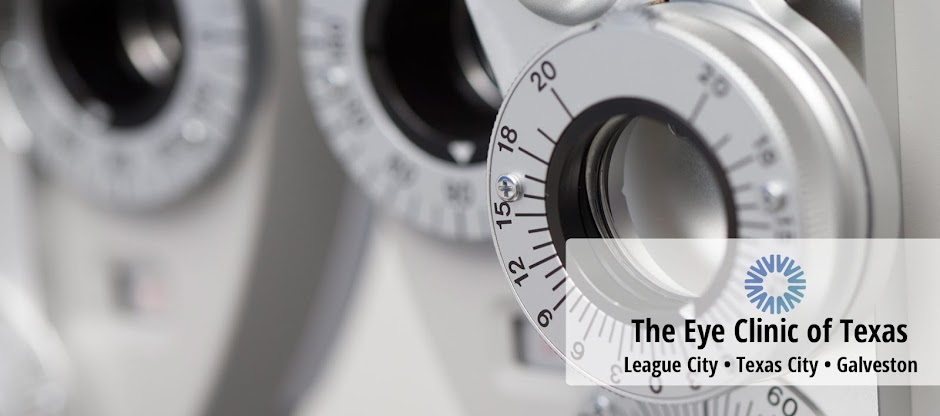“I was referred by two co-workers/friends that
had LASIK done here and boy was I glad I took them up on the referral. I scheduled
my consultation, went in for my pre-op procedures which involves dilation and
measurements of your eyes and cornea and I scheduled my LASIK procedure date
and now I can see 20/20 just two days after the procedure. I went from -7.50
prescription wearing glasses to being able to see! It's amazing! Dr.Van is a
sweet person and the whole experience was amazing. Everyone was very helpful
and the procedure itself takes only around 15 minutes. More time prepping prior
to the procedure. Dr. Van talked me through what to expect during the procedure
and really eased my nerves. If you're tired of wearing glasses and contacts,
definitely need to pay them a visit. $210 for pre-op and I paid $1099/eye and
this price includes any follow ups and retouch-ups after the procedure up to 6
months. Go and check them out!”
If you or some you know is tired of the
hassle of glasses or contact lenses for seeing at distance and would like to
find out if LASIK might be a good vision correction option, please call The
Eye Clinic of Texas, an affiliate of Houston Eye Associates, at 800-423-3937,
visit The Eye
Clinic of Texas,
Google or facebook.com/ecot.lasik.
The Eye Clinic of
Texas is an affiliate of Houston Eye Associates, the largest ophthalmology
clinic in the nation. We are a leading eye care practice serving the greater
Houston, Galveston & League City with offices at 1100 Gulf Freeway, Suite
114, League City, Texas 77573 and 2302 Avenue P, Galveston, Texas.

